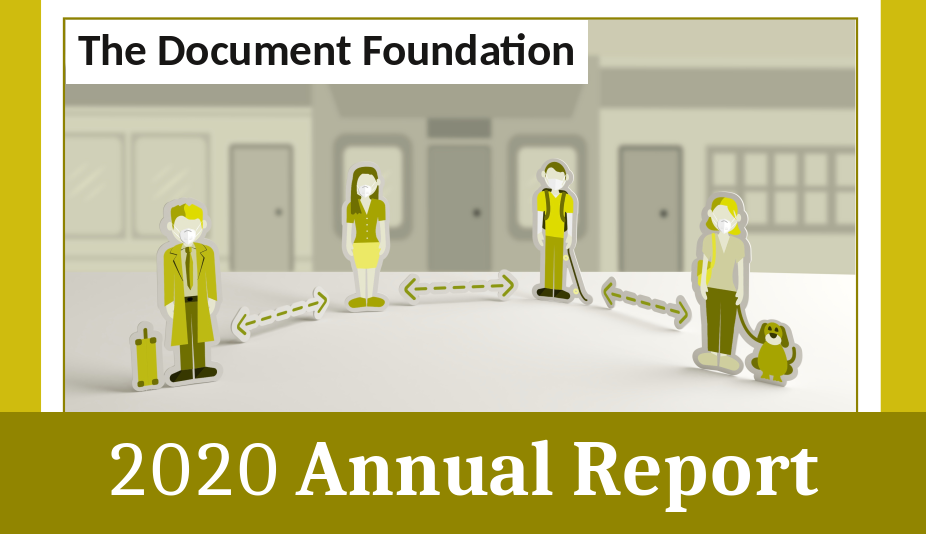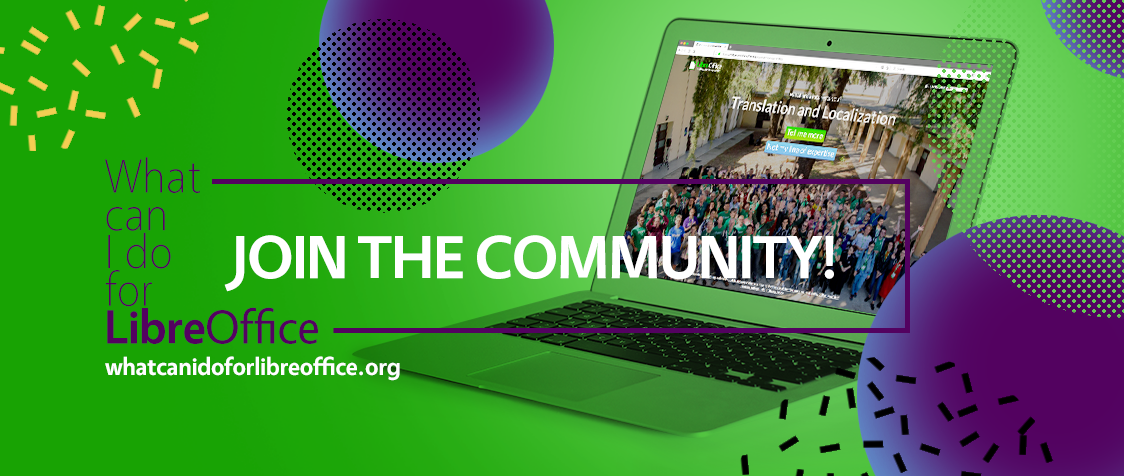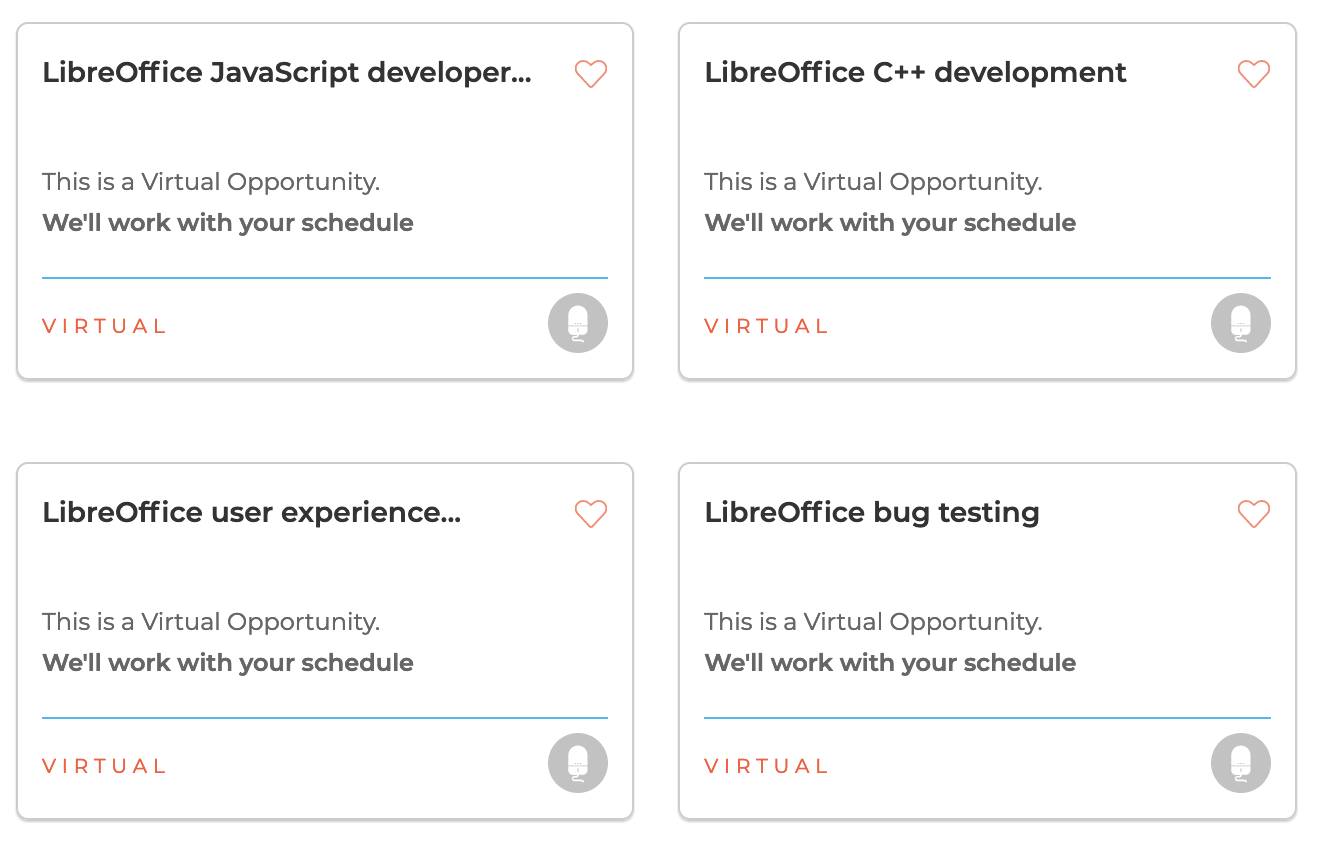Annual Report 2020: Attracting new contributors to LibreOffice

Bringing new community members on board and helping them get started is an essential part of our work. Here’s what we did in 2020
(This is part of The Document Foundation’s Annual Report for 2020 – the full version is here.)
Onboarding tools and sites
Joining a large and established project like LibreOffice can be daunting for many. The software has a large codebase, and its sub-projects use a wide array of tools. In recent years, we’ve made efforts to simplify the onboarding process by linking more services together with SSO (single sign-on), thereby reducing some of the complexity. In addition, we’ve created Easy Hacks and similar “bite size” projects in other areas, so that newcomers can get involved quickly and achieve something – without months of work.
Currently, we have two websites that function as starting points for new contributors: What Can I Do For LibreOffice and Get Involved. The former was set up by LibreOffice’s Albanian community, and lets users click through topics of interest, until they find something they want to do. The latter is a regular page, with a list of sub-projects inside LibreOffice, and quick steps to make initial contact.

Throughout 2020, we posted regular “Community Member Monday” interviews on this blog. In many cases, we emphasised how these contributors started off as regular LibreOffice users, but wanted to “scratch an itch” and start to make changes to the software. We highlighted the ways in which other community members helped newcomers to start working on projects, and used these as “success stories” on our social media accounts, encouraging others to make the step-up from being a user to an active contributor.
Volunteer platforms
Also in 2020, we used a number of online volunteering platforms to “recruit” new community members. These are websites which link people who are keen to volunteer with projects that may interest them. Users can browse organisations and projects in their country/region, see the list of open tasks, and then get in contact. We found that many people were volunteering because they wanted to do something for the public good, outside of their work – while others were looking to bridge gaps between jobs.
We set up accounts and listed projects on various volunteering platforms, including VolunteerMatch and Idealist (English), Vostel (German), Vapaaehtoistyo (Finnish), TuDu (Polish) and HeroClan, Um sem um tam and Zapojim se (Czech). Here’s what our projects look like on VolunteerMatch:

In terms of results, we received messages from various volunteers throughout 2020. For instance, one person reached us via Idealist and expressed interest in helping out with the LibreOffice website redesign. Although he didn’t have time to contribute in the long run, he introduced us to Christine Louie who took the redesign efforts further, and started to work (with other volunteers) on design concepts, user profiling and other tasks. So this was an example of a volunteering platform creating a network of helpers.
In the German community, we were contacted by Sabine Achilles who offered to help out with translations of the software and website content. She worked on translating various blog posts from English to German, which we posted on our German blog.
In 2021, we continue to explore other volunteering platforms. Ilmari Lauhakangas, responsible for Development Marketing at TDF, also schedules interviews with new contributors to give them personal contact from the start, and explain our tools and processes.

No Responses